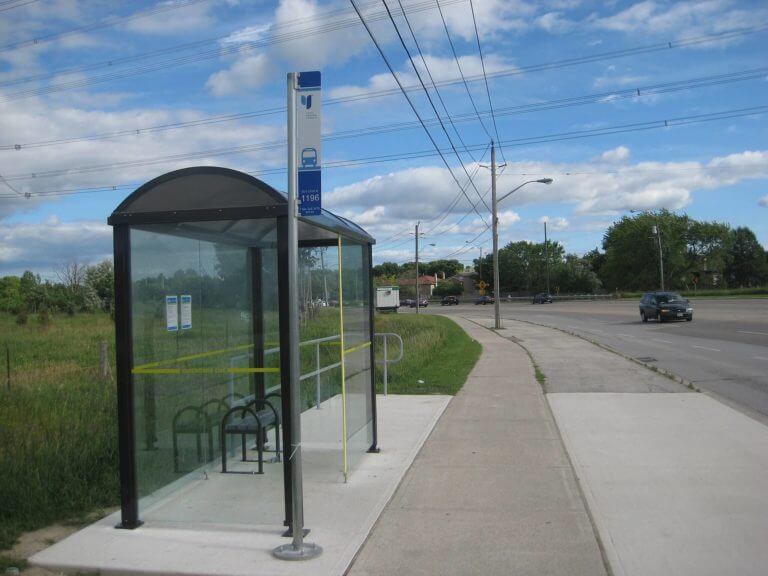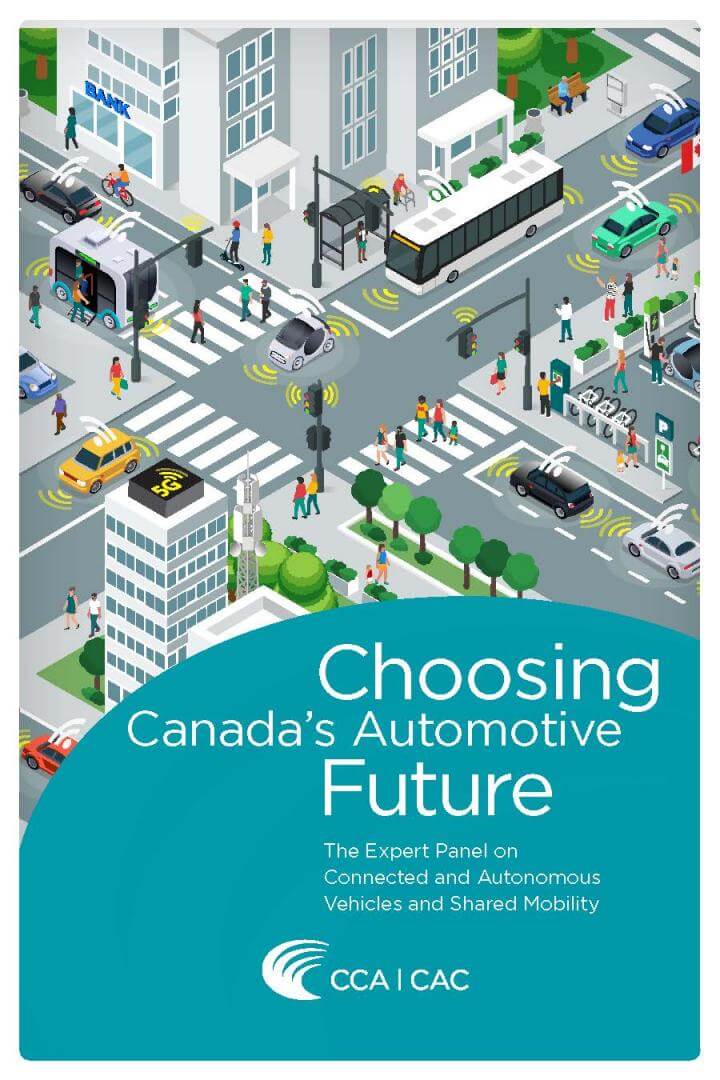
Mobility’s future: An investment reality check
In this time of crisis, the auto industry can’t afford to ignore crucial technology trends. Our analysis of the mobility-investment landscape helps company leaders make smart decisions now.

In this time of crisis, the auto industry can’t afford to ignore crucial technology trends. Our analysis of the mobility-investment landscape helps company leaders make smart decisions now.

All test data will be collected for research — and all personal details like faces and license plates will be obscured. Explanatory signs are posted near the cameras, but anyone with questions can check out the website at citm.ca/dtpr.

Stakeholder engagement is a critical factor for a destination’s success. Technological and smart solutions will continue to be important for the future of travel, but the combination of technology and collaboration are the two prime factors that will lead to more responsible tourism management and an improvement of the touristic experience.

Electric vehicles are expanding beyond the personal market into trucks, buses, and other forms of mobility. Discover the technological and design challenges that come with transforming manufacturing of internal combustion engine cars to EV.

The Canadian government committed C$250 million during the next five years to promote and support transit needs in rural and smaller communities.

Created in collaboration with and delivered by leading industry organizations, the CAV Talent Catalyst program will explore the foundations of CAVs, highlight up to date sensor technology and provide an overview of cybersecurity protocols; the program also provides the opportunity to connect with industry professionals.

The Ontario Centre of Innovation (OCI), formerly known as Ontario Centres of Excellence, is working with Ernst & Young (EY) as part of its Autonomous Vehicle Innovation Network (AVIN) initiative to conduct a labour market study for key segments of the automotive and mobility sector. As a part of this work, we are looking to understand current and expected trends in the automotive and mobility sector’s labour market, as well as key challenges faced by employers in finding quality talent. Findings from the survey will inform OCI’s work related to developing skills and talent strategy to support Ontario’s automotive and mobility sector.

As Europe’s transport sector pursues the sustainability objectives outlined in the European Commission’s Green Deal, the digital integration of transport modes enabled by the Mobility as a Service (MaaS) concept can support this.

Cities can get ahead of the many AV possibilities by developing plans, thinking creatively, and collaborating with other levels of government.

Renewable Natural Gas (RNG) buses cost half compared to electric buses and have a similar fuel price as diesel. Diesel buses can be replaced 1-for-1 with RNG without compromising performance. Like diesel, RNG operates during freezing weather conditions and refuelling takes minutes, not hours. This demonstrates that municipalities can have carbon-neutral transit today without sacrificing performance, reliability or range.

These technologies will continue to evolve, connecting more vehicles to each other, to infrastructure, and to other users on the road. Avoiding undesirable outcomes and achieving the benefits of CASE vehicles in Canada will require meeting significant technical and societal challenges and will depend on how industry, consumers, and governments respond to problems and opportunities today.

While the track is now operational internally, an official grand opening event with external audiences is being planned for early spring, pending COVID-19 restrictions.

This report walks through the disruptive transit trends that exist, and the services and innovative solutions that transit riders can experience and benefit from now and in the near future.

Ontario’s Autonomous Vehicle Innovation Network (AVIN) and Deloitte Canada review the strengths, challenges, and opportunities across Ontario’s automotive and mobility ecosystem.

A brief guide to in-demand and emerging knowledge, use of tools, skills, and abilities for the automotive and mobility sector in Ontario.

Ontario’s Autonomous Vehicle Innovation Network (AVIN) is undertaking work on skills and talent, which focuses on ensuring the sector’s workforce is prepared to meet the needs of the future and maintain its global competitiveness.

Equipped with Level 3 autonomous capabilities on an open-source platform, this research vehicle will interact with local residents in a living laboratory environment, differing from other test vehicles that test only within closed courses or are limited to a host company’s proprietary platform.

Hamilton has been named a Foreign Trading Zone, which will allow local businesses more information about importing and exporting, as well as tax, tariff and duty relief.
By submitting this form, you are consenting to receive marketing emails from: Centre for Integrated Transportation and Mobility, B21 – 175 Longwood Rd S, Hamilton, Ontario, L8P0A1 Canada, https://www.citm.ca. You can revoke your consent to receive emails at any time by using the SafeUnsubscribe® link found at the bottom of every email.